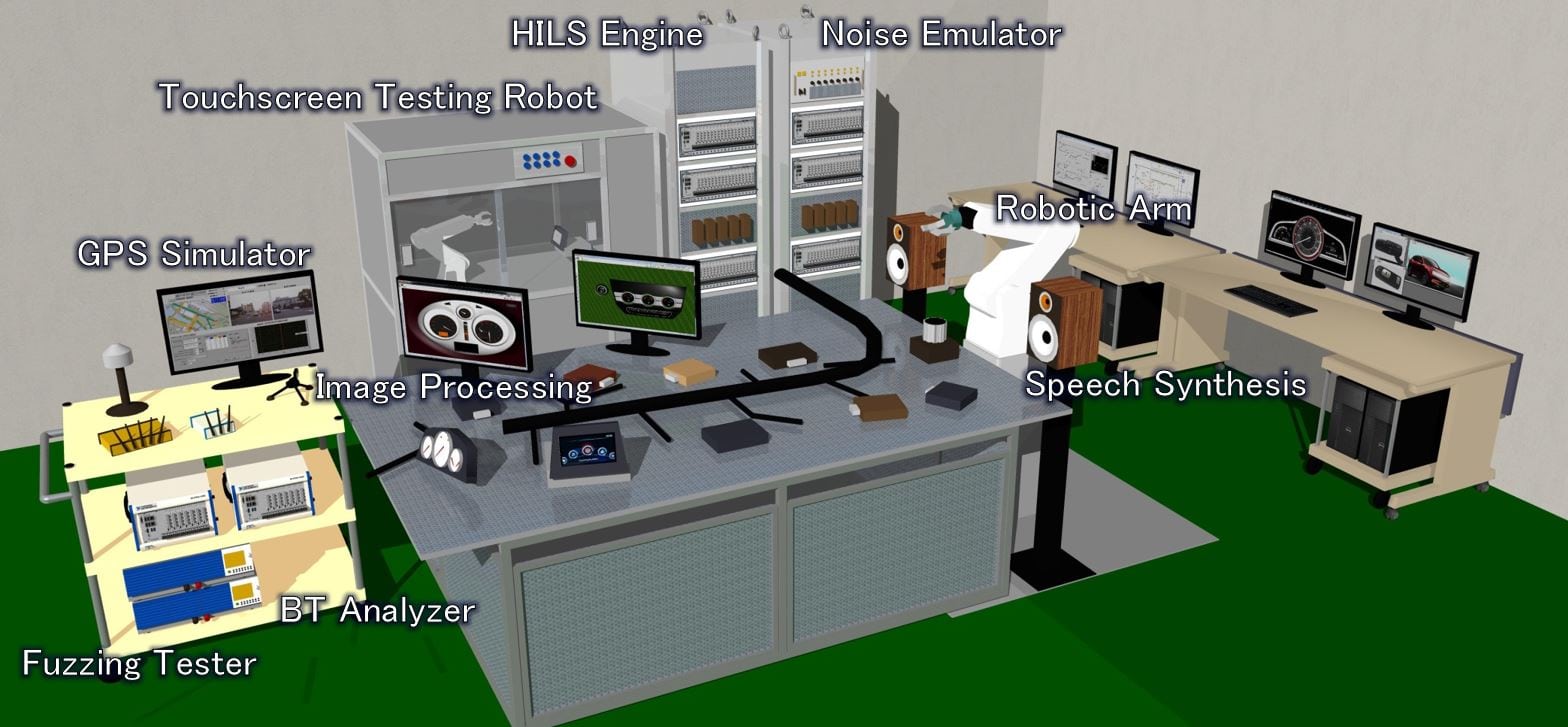Mazda leverages NI’s tools to make automated testing a differentiator
Automotive manufacturer Mazda has been evolved in a decade-long process to revamp its approach to testing that involves moving to automation and making test the equivalent of “one of its products” — and cutting related costs by 90% in the process, according to National Instruments.
NI has been Mazda’s test partner during the time period. Michi Kubo, principal solutions marketing manager for NI, was intimately involved in working with Mazda over during the time period and spoke with RCR Wireless News about Mazda’s test transformation and automation.
Mazda, he said is “really good at designing automotive products, and they started considering validation testing internally, as one of their products,” Kubo said. That included developing a roadmap of features that the company wanted to add to its testing regime over time and a plan to get to full automation of validation testing — which took seven years, he said.
Kubo said that test is not an area where automobile manufacturers are saving money: on the contrary,

there are more and more technologies going into vehicles, and manufacturers need to run hundreds or thousands of tests to validate the integration of system requirements.
“Ten years ago, [Mazda]realized they might not be able to keep up with the pace of the evolving base on the manual testing they had been doing,” Kubo said. “They started creating the validation test roadmap. … Today, they are running entirely automated validation testing, especially for infotainment.”
Part of the aim, he said, was to conduct more testing in the lab environment. Michi said that as Mazda examined its testing processes, there were some very manual strategies that its engineers were using to handle data — often involving Microsoft Excel spreadsheets to track and collate data, and Power Point to create reports. But the variety of test scenarios often varied depending on the product that was being designed, which didn’t lend itself to simple automation. In a Mazda-authored case study on the effort to automate testing, company representatives noted that when it comes to testing, Mazda focuses on both the logic — the functionality — of electrical components as well as their robustness. That includes the ability to test the vehicle systems’ functions under varying power levels, say, or weak GPS signals.
The evolution to fully automated testing had three phases, with new features and capabilities added at each phase. Mazda needed to run test scenarios that reflect driver behaviors, Michi said: opening and shutting a door, turning the engine on, working knobs and buttons. Those are complex scenarios — and some of them, the case study noted, can’t simply be reduced to a model. One example is a speedometer, where the signal to display the speed and confirmation from a human that the speed is visually displayed are both necessary.
In many such cases, the Mazda authors noted, “the process by which a driver perceives information from the vehicle cannot be converted into a model. Similarly, operations performed by the driver to communicate information to the vehicle also cannot be modeled. … Building a model that can exactly replicate the subtle states resulting from such operations is simply not possible.”
So Mazda developed a robot that could push buttons and tap a touch panel, with an image processing system and eventually added the ability to synthesize speech, so that the robot could give commands in English, Japanese and Spanish, in vocal tones reflecting male and female, young and old users with varying inflections. GPS simulation testing capabilities — first local, then worldwide — also eventually made their way into the system. Virtual components were also integrated for testing purposes. Mazda noted that the final system took up a great deal of floor space, but they were able to split it into several, smaller systems that retained the functionality of the original.
“By leveraging the NI test platform and ecosystem, we successfully developed not only [hardware-in-the-loop systems], but also robots, an image processing system, a speech synthesis system, a noise simulator, and a GPS simulator to build an integrated automated test system for electronic components. Man-hours related to the accompanying manual operations and result judgement were both reduced by 90%, resulting in hundreds of millions of yen saved per year,” said Tomohiko Adachi of Mazda, in the case study.

